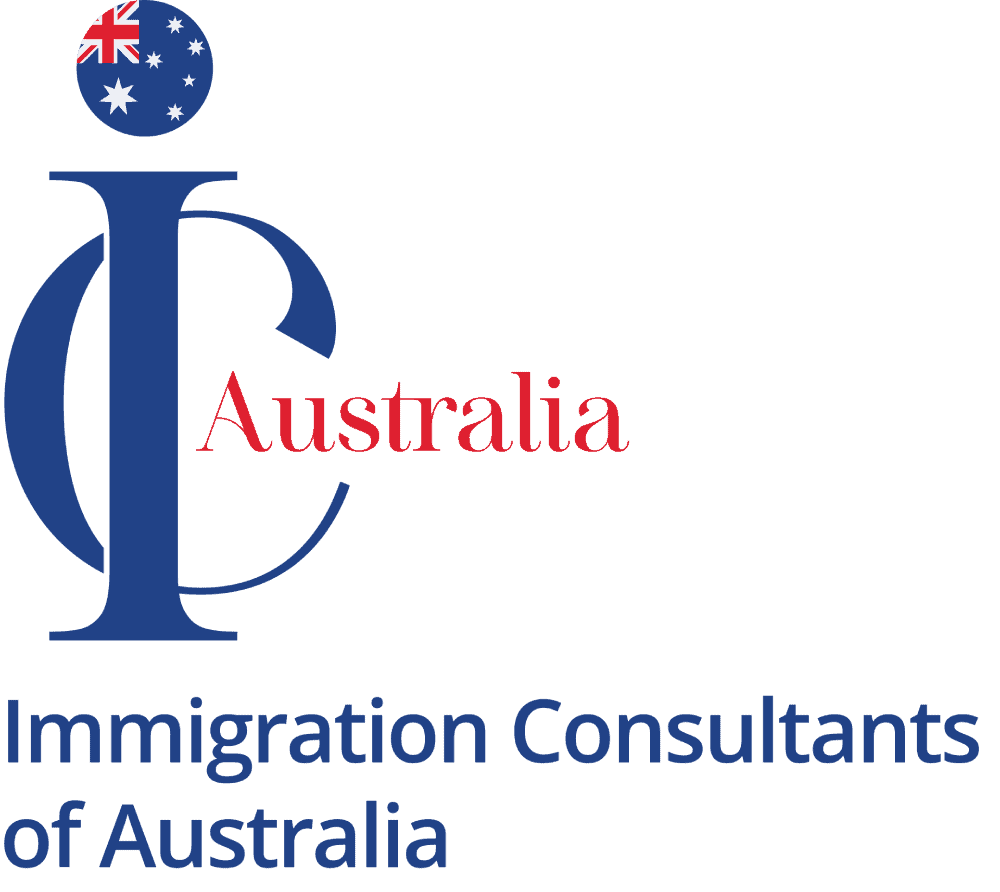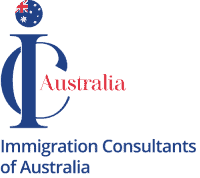The journey towards obtaining a visa can often be a complex and overwhelming process. As an immigrant, it is crucial to understand the different options available to you, including the Bridging Visa A (BVA). In this guide, IC Australia aims to provide clarity and guidance on navigating the BVA process, ensuring a smooth transition from chaos to clarity.
What is a Bridging Visa A and who is eligible for it?
A Bridging Visa A is a temporary visa granted to individuals who are awaiting the outcome of their substantive visa application or an Administrative Appeals Tribunal (AAT) review. It allows them to remain lawfully in Australia while their immigration status is being assessed. The BVA also provides access to work rights, Medicare, and other social services.
To be eligible for a Bridging Visa A, you must meet certain criteria. Firstly, you must have lodged a valid application for a substantive visa while you were in Australia. Secondly, you should currently hold a substantive visa or a BVA, BVB (Bridging Visa B), or BVC (Bridging Visa C). It is important to note that certain circumstances may affect your eligibility, such as previous visa cancellations or character issues.
The application process for a Bridging Visa A
Applying for a Bridging Visa A requires careful attention to detail and adherence to the correct procedures. To initiate the process, you must lodge a valid application for a substantive visa. Once this is done, the Bridging Visa A will be automatically granted to you, provided you meet the eligibility criteria mentioned earlier.
It is essential to ensure that your application is complete and includes all the necessary supporting documents. These may include proof of identity, evidence of your current immigration status, and any relevant health or character checks. Failing to provide the required documentation may result in delays or even the rejection of your application.
Common challenges and misconceptions about the BVA process
Navigating the Bridging Visa A process can be challenging, especially for those unfamiliar with the intricacies of Australia’s immigration system. Here are some common challenges and misconceptions that applicants often encounter:
Timing and validity: Many applicants are unaware of the timing and validity of a Bridging Visa A. Understanding the expiration date and conditions of your BVA is crucial to avoid any unforeseen complications.
Work restrictions: While a Bridging Visa A grants work rights, there might be certain limitations and restrictions. It is vital to familiarize yourself with these restrictions to ensure compliance with the visa conditions.
Travel restrictions: Some applicants assume that a Bridging Visa A allows unrestricted travel. However, this is not always the case. It is essential to understand the travel conditions associated with your BVA to avoid any potential issues when leaving or re-entering Australia.
Tips for a smooth BVA application process
To increase your chances of a smooth BVA application process, consider the following tips:
Seek professional guidance: Engaging the services of an experienced immigration agent or lawyer can greatly assist you in navigating the complexities of the BVA process. They can provide valuable advice, ensure your application is complete, and help you understand your rights and limitations.
Be proactive: Stay informed about the progress of your substantive visa application and any potential changes to your immigration status. Being proactive allows you to take timely action and address any issues that may arise during the BVA process.
Maintain open communication: It is essential to maintain open communication with the Department of Home Affairs throughout the BVA process. Notify them of any changes to your circumstances, such as a change of address or employment, to ensure compliance with your visa conditions.
Rights and Limitations of a Bridging Visa A holder
As a BVA holder, you are entitled to certain rights and benefits. These include:
Work rights: You are generally allowed to work in Australia while holding a Bridging Visa A. However, it is important to be aware of any work restrictions or limitations imposed on your specific visa.
Access to social services: BVA holders may be eligible for Medicare, the Australian healthcare system, and other social services. It is essential to understand the extent of these benefits and how to access them.
Study opportunities: In some cases, BVA holders may be eligible to undertake studies in Australia. However, specific conditions and limitations may apply, so it is crucial to seek clarification from the Department of Home Affairs.
It is important to note that Bridging Visa A holders also have certain limitations and conditions they must adhere to. These may include reporting obligations, travel restrictions, and compliance with Australian laws and regulations.
Understanding the conditions and validity of a BVA
To navigate the Bridging Visa A process effectively, it is crucial to understand the conditions and validity of your BVA. Each BVA has specific conditions that must be followed, such as work restrictions, reporting obligations, and limitations on travel.
The validity of a Bridging Visa A is directly linked to the progress of your substantive visa application or AAT review. Once a decision is made on your substantive visa application or review, the BVA will cease to be in effect. It is essential to stay informed about the progress of your application to ensure compliance with the conditions and validity of your BVA.
Frequently asked questions about the BVA
Can I travel outside Australia on a Bridging Visa? The ability to travel outside Australia on a Bridging Visa A depends on the specific conditions attached to your visa. It is important to consult with the Department of Home Affairs to understand the travel restrictions that apply to your BVA.
Can I work on a BVA? In most cases, Bridging Visa A holders have work rights and can work in Australia. However, there may be limitations and restrictions depending on your specific visa conditions. It is crucial to be aware of these restrictions and comply with them.
What happens if my substantive visa application is refused while on a Bridging Visa A? If your substantive visa application is refused while on a Bridging Visa A, you may have options to seek a review or make a new visa application. It is advisable to seek professional advice to explore the best course of action in such circumstances.
Additional resources and support for navigating the BVA process
Navigating the Bridging Visa A process can be complex, but you don’t have to do it alone. There are several resources and support services available to assist you:
Department of Home Affairs: The official website of the Department of Home Affairs provides comprehensive information on the Bridging Visa A process, including eligibility requirements, application procedures, and visa conditions.
IC Australia: As immigration specialists, IC Australia can provide professional guidance and support throughout the BVA process. Their experienced team can assist with visa applications, explain your rights and limitations, and help you navigate any challenges that may arise.
Conclusion: Taking control of your immigration journey with the Bridging Visa A
The BVA is an invaluable tool for individuals navigating the complex Australian immigration system. By understanding the BVA process, its conditions, and your rights and limitations as a holder, you can take control of your immigration journey. Remember to seek professional guidance, stay informed, and comply with the visa conditions to ensure a smooth transition from chaos to clarity.
Contact IC Australia today for expert advice and assistance in navigating the Bridging Visa A process. Your immigration journey starts here.


